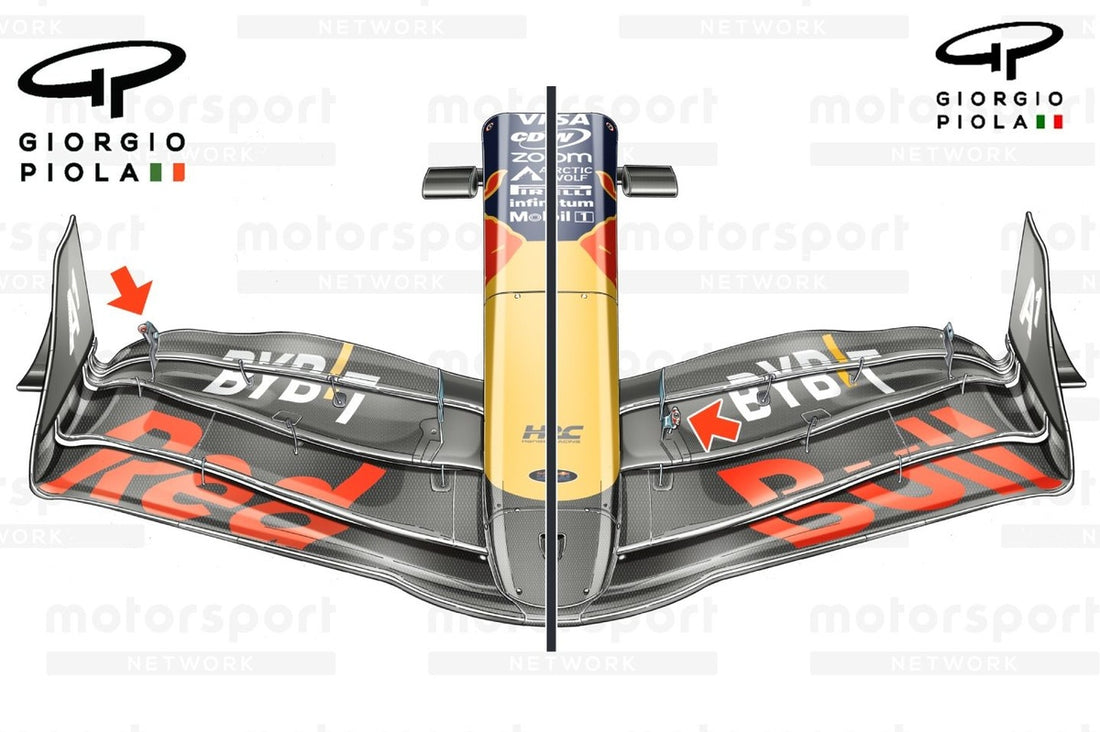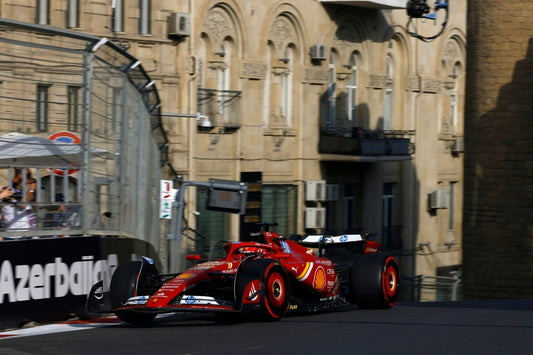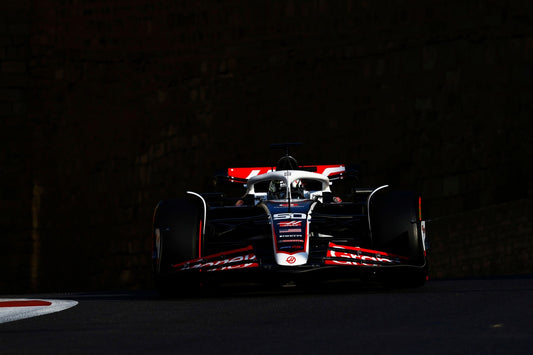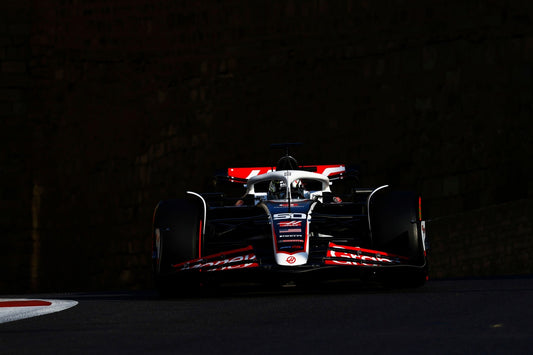Is Red Bull's Front Wing the Achilles' Heel in Their Formula 1 Dominance?
Manish
Red Bull's Dominance Challenged: A Shift in Formula 1 Dynamics
The Formula 1 season began with Red Bull's overwhelming dominance, leading many to predict their unrivaled success throughout the year. However, recent weeks have witnessed a dramatic turn of events, with both McLaren and Mercedes making significant strides in performance. As a result, Max Verstappen has found himself without a victory since the Spanish Grand Prix, marking a notable shift in the competitive landscape.
Identifying the Key to Performance Gains
While Red Bull grapples with the impact of their recent upgrades not matching the progress of their competitors, team boss Christian Horner has provided intriguing insight into where he believes the performance difference lies. Horner points to the front wing as a crucial area where other teams have found substantial gains. He notes that the front wing angles of McLaren and Mercedes differ significantly from the rest of the field, suggesting this could be a key factor in their improved performance.
Architectural Differences in Front Wing Design
A closer examination reveals distinct architectural differences between the front wings of Mercedes and McLaren compared to Red Bull. One notable feature is the lower rear corner endplate cutout and semi-detached flap arrangement, a trend introduced by Mercedes in 2022 and adapted for the 2023 regulations. This design aims to manipulate airflow around the wing, influencing the wake created by the tire behind it.
Innovative Approaches to Front Wing Design
Beyond the endplate design, Mercedes and McLaren have taken a unique approach to the division between the static inboard section of the wing and the movable flaps. Their designs feature a more diagonal bias in this split, resulting in vortex generation from the metal separators. This innovation is believed to improve airflow to the floor and sidepod undercut, contributing to overall performance gains.
The Role of Flexible Wings in Performance
The topic of flexible wings has gained prominence recently, with the FIA now able to request additional camera footage during practice sessions to study this phenomenon more closely. Teams have long used aero elasticity to enhance performance, employing various methods to achieve different results. This practice is not new to Formula 1, with teams drawing on extensive historical data and designs to optimize their approach.
Correlating Design Changes with Performance Improvements
The introduction of new front wing designs by McLaren and Mercedes in Miami and Monaco, respectively, correlates well with their recent performance improvements. However, it's important to note that these gains are also the result of extensive work on other aspects of their cars, enabling them to unlock the underlying potential of their machines.
Red Bull's Response and Future Outlook
In response to these challenges, Red Bull has been experimenting with both old and new design solutions in recent races. The team has been testing various combinations of nose designs, front wing solutions, and floor specifications, indicating a search for the optimal configuration to regain their competitive edge. While the team remains confident in the valuable data gathered from these tests, addressing the front wing concept differences may require a more substantial change in approach that cannot be resolved in a single weekend.




